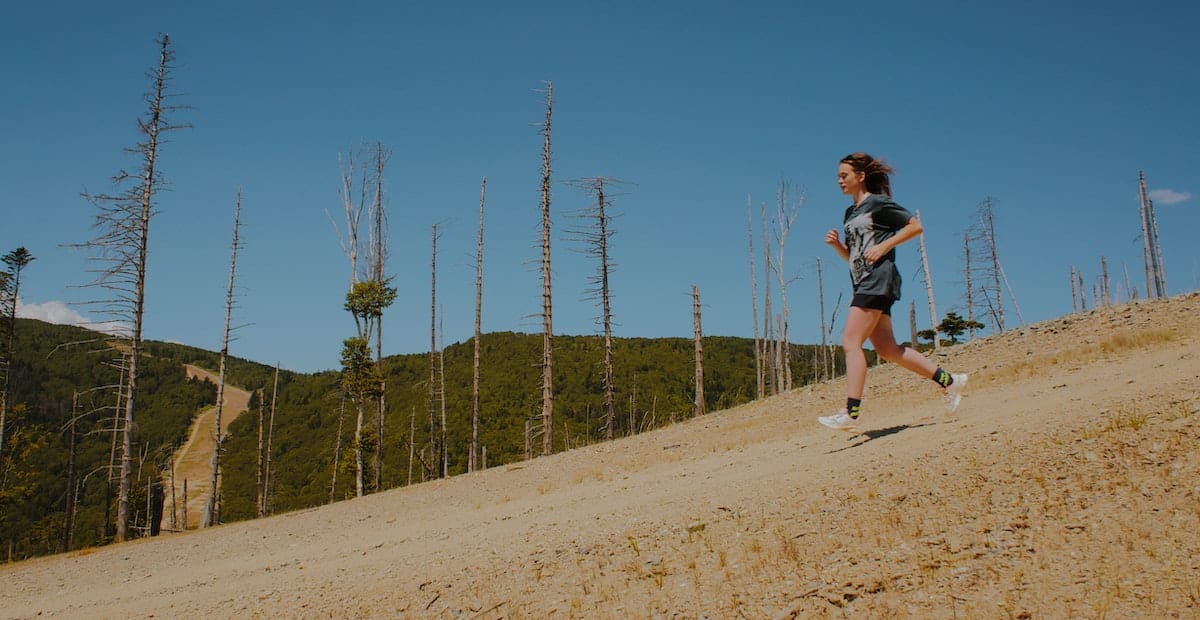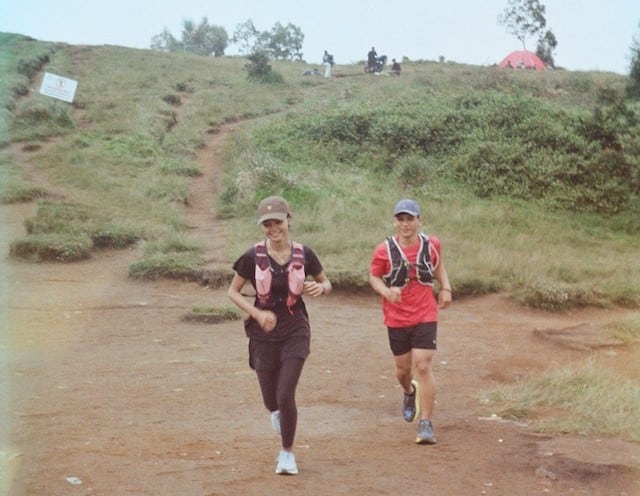
Contents
Running downhill can be dangerous, so let’s learn proper downhill running form
Let’s say we’ve encountered a particularly dynamic track relative to terrain. Over the course of our route, we need to run downhill multiple times but we’re a little worried about our ankles, for example. As we reach that peak, look down at the decline degree we release something – we should have learned the best downhill running technique, even just to stop us from worrying.
Hill sprints are phenomenal for growth in endurance, strength and aerobic areas. But running uphill is one thing, running downhill is another.
Steep hills present a range of dangers to us runners – strains, pronation, falls… the works. So if we find ourselves on the next hilly race we can successfully say we’re more prepared.
How?
Because we reminded ourselves of the following downhill running tips.
Let’s go.
First up – lean forward from the hips
Leaning forward from the shoulders is a big no-no. It puts too much weight on top of your body (top-heavy), leaving the risk of momentum build-up, control loss, and stability failure. Running downhill can be dangerous in that if you topple, your momentum can do serious damage. If you want to be fast downhill lean forward at the hips to maintain a more grounded stance.
Arms for balance
Using your arms for balance is like a cat using its tail – we need to redistribute our weight in times like these, often at minute levels, in order to stay balanced. To ensure you run downhill correctly, you should move your arms outward and stabilise that way – a natural position will follow when you do.
Where to look
When you’re on flat ground, it doesn’t really matter where you look – our bodies are very well-optimised for this. But when going downhill, you should look at where you want to go, not your feet. Steep hills can be misleading when it comes to gradients, and you need to be able to predict the curve (just like driving – you should look where you want to go).
Engage your core
For the right running downhill technique, you’ll want to engage something. No, it’s not using the forward-back arm movement, it’s stabilising yourself via your core. You need to put focus on this area as it acts as a centralising muscle group, giving you motion-based dexterity and QuickTime reactive abilities.


Conclusion
It’s simple – don’t fall over. Remember these tips to help yourself stay upright in the future. You want to put focus on your hips, not the shoulders, stay away from them if you knee pain and conduct downhill training properly if you’re still worried.
FAQs
What’s a forward flexion?
Flexion is the anatomical name for forward bending.